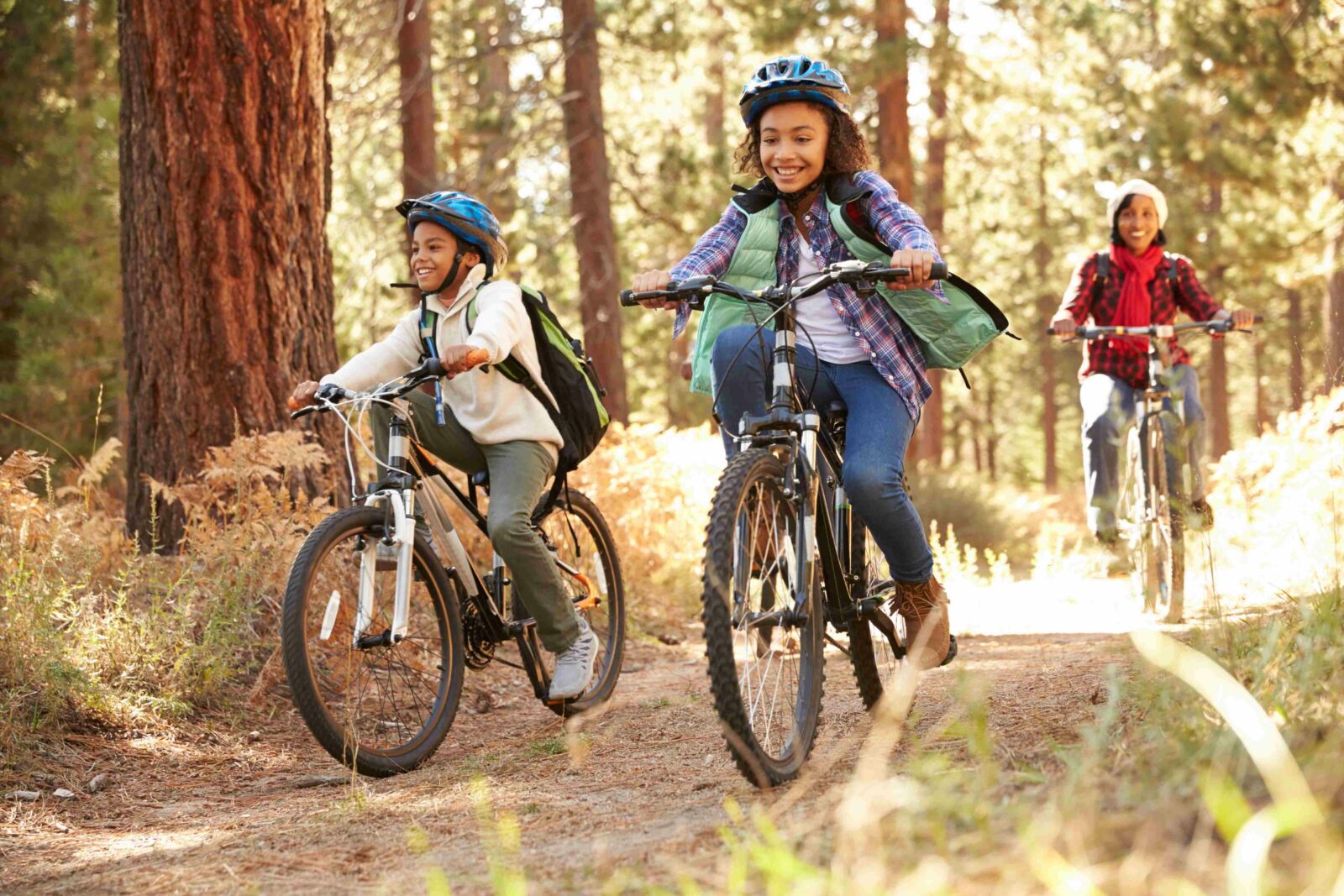Over the course of my year-long practicum with Conservation Awards, I had the opportunity to shape the new direction of the Matching Awards Program while also participating in Diversity, Equity, and Inclusion (DEI) Working Group Meetings and sharing input on the external DEI plan currently in the works by the NFF. To start off the year and to provide background information on work to come, I spent time researching federal funding and awards and how the NFF has to work within federal statutes. I also researched other grant programs and how they included DEI, as well as spent some time looking into some of the new social vulnerability tools such as the Council for Environmental Quality Justice Screening Tool and the CDC’s Social Vulnerability Index to further understand how folks are talking about underrepresentation.
The NFF's Matching Awards Program (MAP) has been active since 1997. MAP is a competitive program that has historically provided “funding for results-oriented on-the-ground projects that enhance forest health and outdoor experiences on National Forests and Grasslands.” However, the program made a shift this year away from primarily on-the-ground work to prioritizing community engagement. (Read the News Release.)
A Request For Proposals (RFP) for the revised program, MAP: Connecting People to Forests, was released on April 4, 2023 and I had the opportunity to help shape the final program design including eligibility criteria, evaluation criteria, and application questions. Before we got to this point, however, I created a communications strategy for the new direction of the program and coordinated a feedback/listening period. In November 2022, the team put out a two-page document detailing the direction that the program was planning to go. Shortly after, we also released a survey that I created and sent out to about 5,000 existing NFF connections and approximately 1,200 new connections. I compiled a list of organizations that the NFF wasn’t currently working with that included many Tribes (federally and non-federally recognized), affinity group organizations, recreation-oriented organizations, and more. I invited all organizations (new and existing connections) to take the survey we designed to get their input on the new direction of the grant program. In the end, we received about 375 responses (with seven open-ended questions) with the majority coming from Colorado, California, and Oregon.

Photo by iStock.com/monkeybusinessimages.
We received a lot of feedback, both positive and constructive, that I analyzed and compiled into an internal document and a public document. The main themes that we heard included the following:
Positive:
- Like the shift toward public engagement as a key component
- Like that the shift is more inclusive and encourages diversity
- Like the broader scope/flexibility of projects, especially ability to fund monitoring and visitor education
- Like the new concept in general and believe it fits organizations' missions
Constructive:
- 1:1 cash match is a major barrier to low-capacity applicants
- Requiring projects to take place on USFS lands limits applicants
- Letters of Support from the U.S. Forest Service can be difficult to obtain
- Many engagement projects benefit from a project timeframe longer than one year
- Would like to see more types of organizations eligible to apply
To follow up with folks who took our survey, we will be sending them the public document to see what we heard and how we moved forward with the program.
To round out the year, I also shaped the social media content around these new changes, with some examples here and here.
Overall, this past year I learned a lot about federal funding and what it takes to move a grant program in a new direction, and made some great connections with NFF staff who were great mentors.
Karissa Courtney is a 2022 Conservation Connect fellow pursing a Master of Science in Ecology at Colorado State University. Her research interests focus on fire-prone social-ecological systems and systems of power in natural resource management with her thesis working to identify barriers and inequities in wildfire risk mitigation work in Colorado.
Cover photo by Larisa Birta.
--------
Bringing people together has always been a superpower of the NFF. But we can’t do it without our supporters, and that includes you. Please consider making an unrestricted gift today so we can provide the absolute best collaborative services tomorrow. Simply click here. We – and all our partners – thank you!

